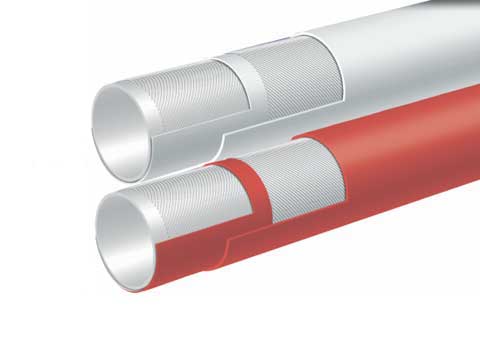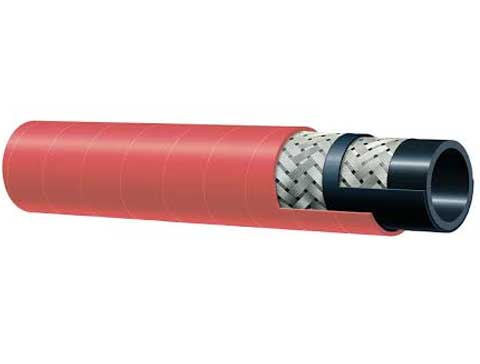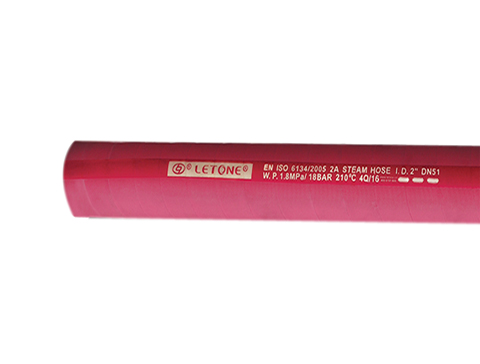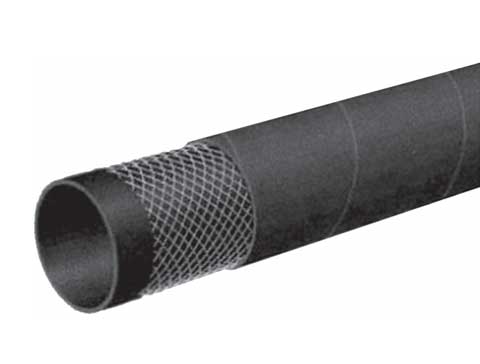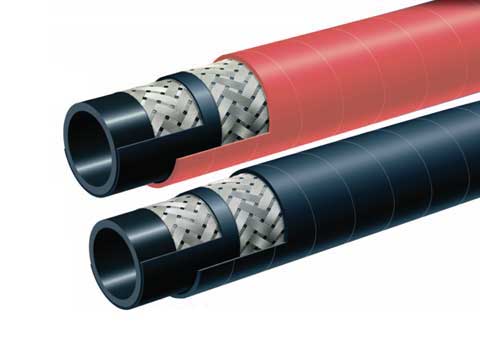There are a few things you should keep in mind when using industrial drain hoses. One of them is that they are prone to damage if not used correctly.
Hoses and their fittings are made of a variety of materials with complicated manufacturing methods. Human error, faulty machinery, or poor product quality can lead to defects or deviations that exceed allowable tolerances.
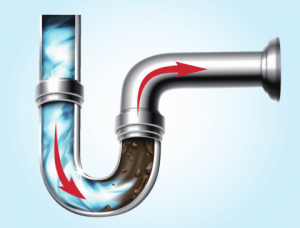
dimensions and specifications for industrial drain hoses
There are several types of industrial drain hoses on the market. Each hose is designed to suit specific applications and uses, so it's important to understand the dimensions and specifications of each product before making a purchase.
A good industrial drainage pipe should be durable, and able to withstand high pressure and heat. It should also be flexible enough to allow for easy maneuvering in tight areas and bends. It should be resistant against abrasions, cuts and fungus.
Some hoses have been designed to handle specific chemicals and other compounds. These speciality hoses are often manufactured using materials that are specially engineered to provide optimum performance in harsh environments.
For example, the best drain hoses are made from thermoplastic materials that are lightweight and flexible while also providing resistance to a wide variety of chemicals. They are strong enough to handle the weight of chemicals and water, making them ideal for heavy-duty tasks that require pumping or draining large amounts of liquid. The best hoses are also designed to be easy to use, allowing for fast and efficient cleaning processes. They are also equipped with features such as easy-to-clean nozzles and corrosion-resistant fittings. Lastly, they have a long service life and are cost-effective.
causes of industrial drain hose damage
Industrial hoses are used in a variety of processing and production facilities. As such, they require regular maintenance and servicing in order to remain in service. This is particularly true for hoses used in critical applications such as conveying material or facilitating cooling and sanitation operations.
Over time, they may become damaged or even broken. The damage can range from minor to significant, depending on the use and environment.
The most common cause of hose damage is due to improper assembly. This can happen when the fitting isn't attached properly or the hose tube is bent during the assembly process.
Another cause of hose damage is when the hose is exposed to harsh or harmful conditions, such as rain, snow, and dust. The hose may weaken or break, making it impossible to fix it.
This can also happen if the hose is exposed to excessive temperature or pressures. In this situation, the inner tube of the hose can erode and crack, allowing fluids to flow into reinforcement and eventually lead to leaks.
Misapplication, kinking or crushing techniques can also cause hose damage. These methods can force a hose to exceed its minimum bend radius, which can lead to a faulty connection between the hose and the fitting.
The main raw materials used to manufacture industrial drainage hose
The most common raw materials used in industrial drain hose are EPDM rubber, but specialty applications can use neoprene, nitrile or silicone. These hoses are made to withstand constant fluid contact, hot and cold cycling, a broad range of chemicals, and general impact and crack resistance.
Whether used for transporting oil and fuel, dredging silt or gravel, or fighting fires, industrial hoses play an important role in daily industrial operations. These hoses can withstand a variety of temperatures, corrosive chemical and application pressures.
Drain hoses are designed to carry wastewater from washers, production equipment, floor cleaning machines and other sources, to a waste system or drain. These hoses may be capped to prevent water from flowing into a tank that needs to be drained at specific times or they could be continuous flow connections.
PVC pipes have become a popular option for drainage systems. These piping materials are malleable and can be cut to fit any size or shape.
Another popular option is polyethylene piping for drainage projects. This material is one of the most flexible piping types, making it a great choice for plumbing and drainage situations that demand zero leaks.
Other types of hose include suction and discharge hoses, which are used for the transfer and conveyance of seeds, granules, beer, water and other food substances. The hoses are phthalate free and approved for food transport, so there is no risk of chemical transfer.

